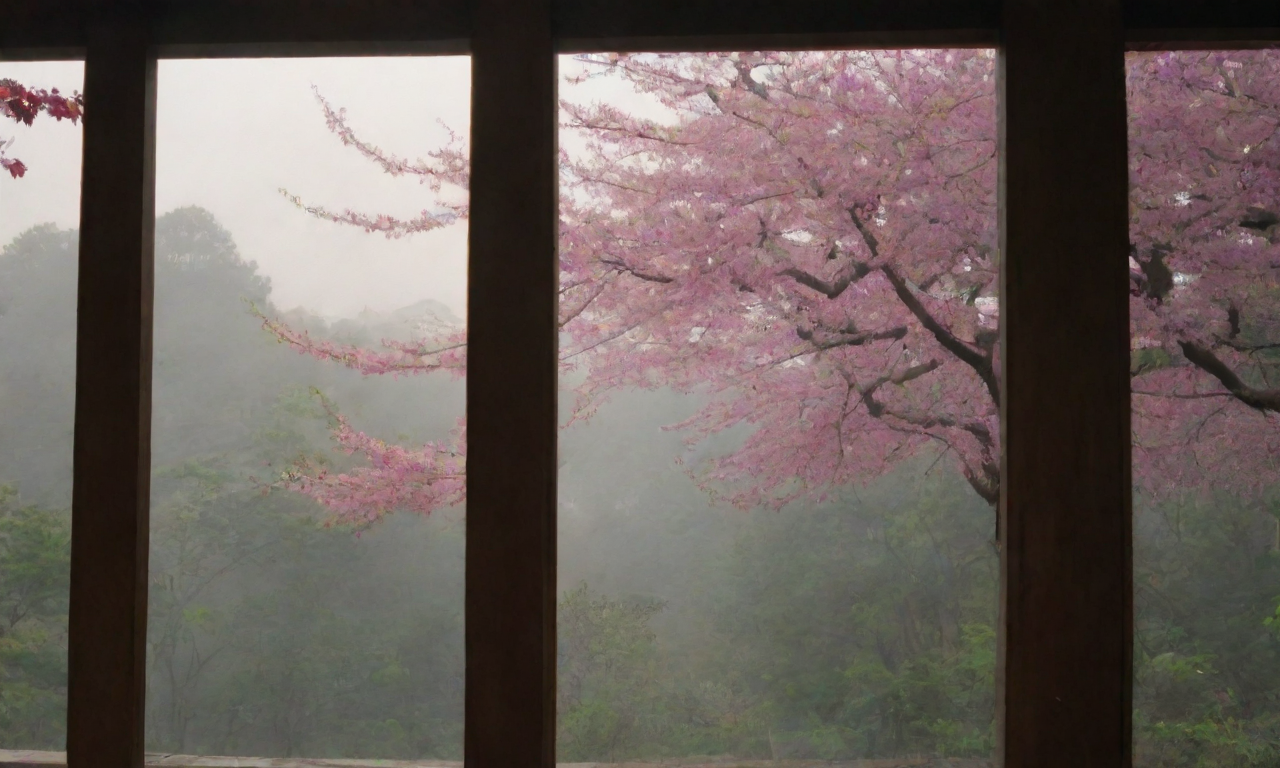Africa is an ancient and vast continent. It is home to the world's longest river, the Nile River, the largest rift valley on land, the East African Rift Valley, the largest waterfall, Mosi-oa-Tunya (Victoria Falls), the second largest rainforest in the world, and three of the ten largest freshwater lakes in the world. It is also known for being the birthplace of the oldest hominid fossils and for its diverse wildlife.
Africa not only has the well-known barren and hot Sahara Desert, but also rich and magnificent landscapes. These landscapes, such as the rushing waters of the Okavango River that form a vast and unique inland delta after flowing into the Kalahari Desert, bring together forests, wetlands, grasslands, and salt marshes, creating significant ecological diversity and complex relationships between plants and animals.
Looking at the changes in the African plate over the past 30 million years, the eastern and southern parts of Africa have seen a continuous increase in elevation, while the central and western parts have generally remained at lower elevations. The overall climate in Africa has gradually transitioned from hot and humid to warm and dry, resulting in the formation of multiple ecosystems, including savannahs, forests, volcanoes, wetlands, and islands.
Therefore, the book "Our Journey in Africa" presents a comprehensive ecological system covering the entire continent of Africa. It introduces and explains the habits and characteristics of wildlife in each system, the trend of their co-evolution, their value in the food chain, and their relationship with humans.
Over the past twelve years, I have conducted extensive wildlife tracking and observation in Africa, covering various ecosystems.
The first part of the book begins with the East African savannah. Influenced by the Indian Ocean monsoon, the climate in the savannah is dry with distinct alternating dry and rainy seasons. The zone south of the Sahara Desert in Africa is mostly covered by savannah. The Serengeti National Park is a perfect representation of this ecosystem, housing 105 mammal species, 450 bird species, 327 reptile and amphibian species, over 8,000 insect species, and over 4,000 plant species. The soil in the savannah is shallow, the trees are short and sparse, and the animals are mainly large and medium-sized mammals adapted to the open and water-deficient environment. Moving westward from the savannah, we arrive at the pristine forests in central Africa, the tropical rainforests of the Congo Basin. Tropical rainforests are home to half of the world's species and are characterized by high temperatures year-round, abundant rainfall, and little seasonal variation. The rainforest is hot and humid, with high humidity, rapid and dense plant growth, and lush greenery everywhere.
The Odzala-Kokoua National Park is not only a vast treasure trove of local plant species but also home to various wildlife, such as lowland gorillas, chimpanzees, forest elephants, and forest buffaloes. Additionally, the grasslands and woodland savannahs along the edges of the rainforest, as well as the numerous rivers and streams, attract many animals to migrate here.
Next, we head south through Africa, passing by Lake Victoria, Lake Tanganyika, and Lake Malawi, drifting along the Zambezi River until we reach the Okavango Delta in Botswana, which is also a vast wetland. African wetlands are often submerged during the rainy season and then attract a large number of animals when the floodwaters recede.
Lastly, we walk along the coastline of Africa, exploring the unique wildlife on the coast and on islands, such as ring-tailed lemurs, Aldabra giant tortoises, and Zanzibar red colobus monkeys.
Typically, Africa's islands are divided into two parts, with distinct differences between the eastern and western parts. The tidal effect provides abundant food options, allowing animals to easily find food without much effort. Most of these animals move slowly and lack competitiveness. Additionally, we will also visit South Africa, the southernmost part of the African continent, where the Atlantic Ocean and Indian Ocean currents meet. It is a world-renowned fishing ground, attracting various marine creatures such as great white sharks, seals, humpback whales, and dolphins.
It is only in their natural state that lions, elephants, cheetahs, giraffes, dolphins, and whales truly display their authentic selves. Living closely with these animals, observing their every move, and experiencing their tenacity for life adds passion to our own lives.
Su Dongpo wrote in his poem "Prelude to the Water Melody": "Why not join me, my friend, to fish and chop wood by the riverside, befriending the deers and fowls, sailing on a small leaf-shaped boat and sharing the camaraderie with wine vessels. Humans, as fragile as mayflies, remain insignificant in the vast universe." This reveals the state of surrendering oneself to nature, where there are no boundaries between humans and nature.
Cynthia from the Amboseli Elephant Research Center told me, "When you observe a group of elephants, you only see two-dimensional planes. But once you get to know them on an individual level, understand their personalities, who their mothers are, who their children are, it adds new dimensions. You will be amazed to discover that everything about life is interconnected."
"Our Journey in Africa," written by the green mountains of Africa, will be published by CITIC Publishing Group in December 2023 with a price of 98 yuan.
(Disclaimer: This is an excerpt from the preface of the book "Our Journey in Africa" titled by the editor)
China Science newspaper (March 1, 2024, 3rd edition) Editor: Li Yun, Layout: Zhi Hai
Please scan the QR code below for 3 seconds to identify.
Over the past 12 years, I have been in Africa.
This book introduces the ecological system and characteristics of wildlife on the African continent, helping readers understand their role in the food chain and their relationship with humans. It includes different ecosystems such as the East African savannah, the...








